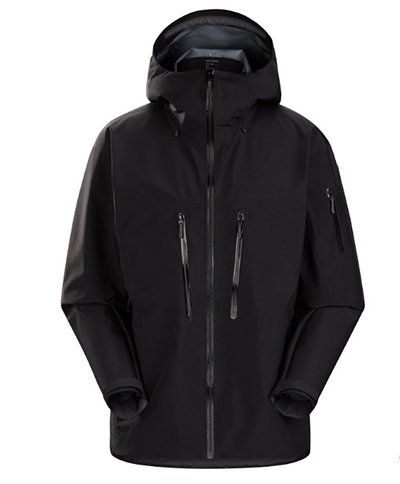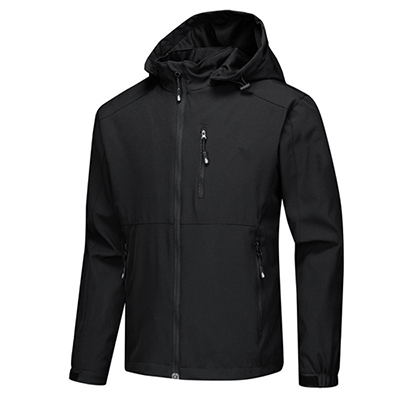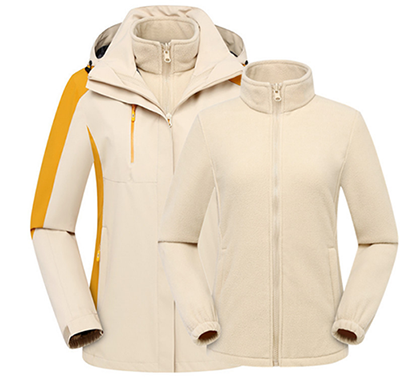Introduction to jacket types
There are generally hard shell jackets, soft shell jackets, three in one jackets, and fleece jackets on the market.
- Hard shell jackets: Hard shell jackets are windproof, rainproof, tear resistant, and scratch resistant, suitable for harsh weather and environments, as well as outdoor activities such as drilling through trees and climbing rocks. Because it is hard enough, its functionality is strong, but its comfort is poor, not as comfortable as a soft shell jackets.
- Soft shell jackets: Compared to ordinary warm clothing, it has stronger insulation, good breathability, and can also be windproof and waterproof. A soft shell means that the upper body will be much more comfortable. Compared to a hard shell, its functionality is reduced, and it can only be waterproof. It is mostly splashproof but not rainproof, and is not suitable for harsh environments. Generally, outdoor hiking, camping, or daily commuting are very good.
- Three in one jacket: The mainstream jacket in the market is composed of a jacket (hard or soft shell) and an inner liner, which can be made in different combinations in different seasons, with strong functionality and use. Whether it’s outdoor commuting, regular mountaineering, or autumn and winter seasons, it’s all suitable to use as a three in one jacket suit outside. Outdoor exploration is not recommended.
- fleece jackets: Most of the three in one liners are fleece series, which are more suitable for activities in dry but windy areas with large temperature differences.
The structure of the jacket
The jacket (hard shell) structure refers to the structure of the fabric, which generally consists of 2 layers (2 layers of laminated adhesive), 2.5 layers, and 3 layers (3 layers of laminated adhesive).
- Outer layer: generally made of nylon and polyester fiber materials, with good wear resistance.
- Middle layer: waterproof and breathable layer, the core fabric of the jacket.
- Inner layer: Protect the waterproof and breathable layer to reduce friction.
- 2 layers: Outer layer and waterproof breathable layer. Sometimes, to protect the waterproof layer, an inner lining is added, which has no weight advantage. Casual jackets are usually made with this structure, which is easy to make and inexpensive.
- 2.5 layers: outer layer+waterproof layer+protective layer, GTX PACLITE fabric is this way. The protective layer is lighter, softer, and more convenient to carry than the lining, with average wear resistance.
- 3 layers: The most complex jacket in terms of craftsmanship, with an outer layer+waterproof layer+inner lining of 3 layers of laminated adhesive. There is no need to add an inner lining to protect the waterproof layer, which is more expensive and wear-resistant compared to the above two models. The three-layer structure is the most worthwhile choice for outdoor sports, with good waterproof, breathable, and wear-resistant properties.
In the next issue, I will share with you the fabric selection and detail design of jackets.
Post time: Sep-08-2023





